Aerialsolutions offers AI software for both mobile (e.g., drone) and static cameras (e.g., CCTV).
The AI software can recognize static or moving objects/persons with either visual cameras or thermal cameras.
Some applications:
Securing business premises
Counting or recognition of objects (cars, boats, houses, trees, animals, ...)
ANPR license plate recognition
Technically, we can recognize all objects after training the neural network.
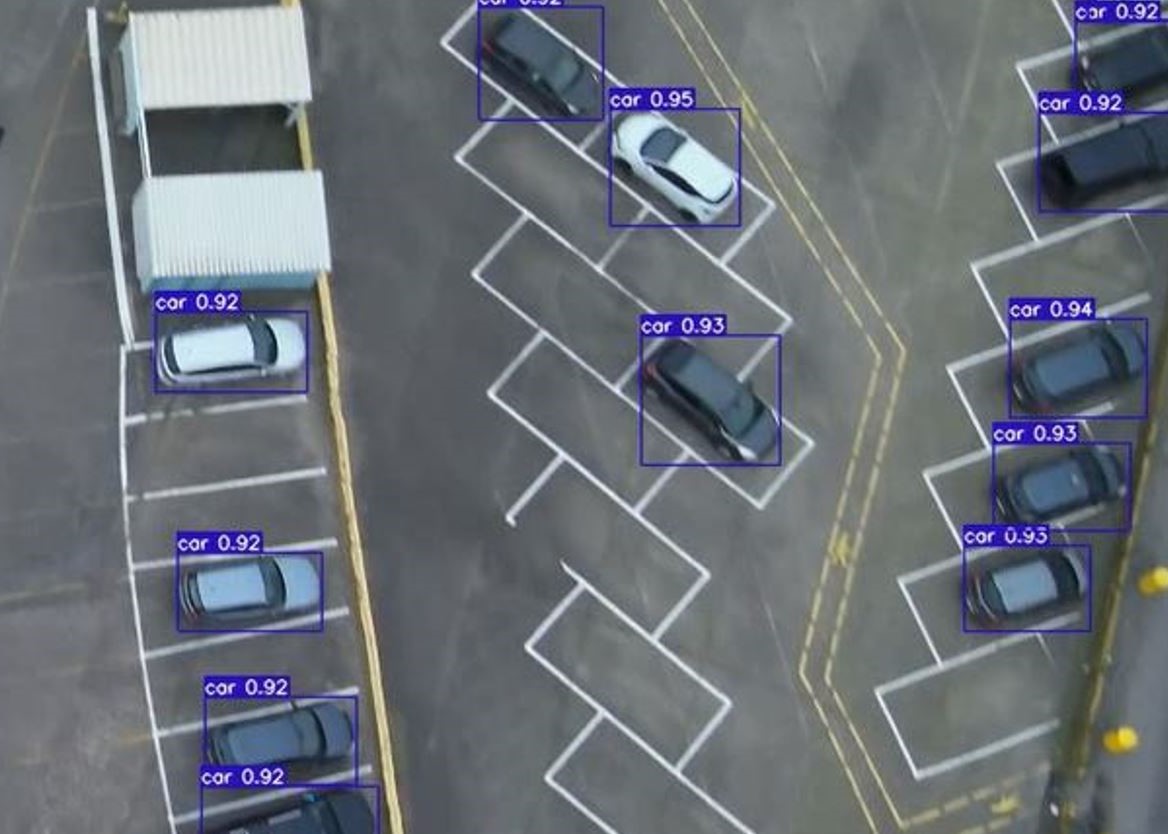
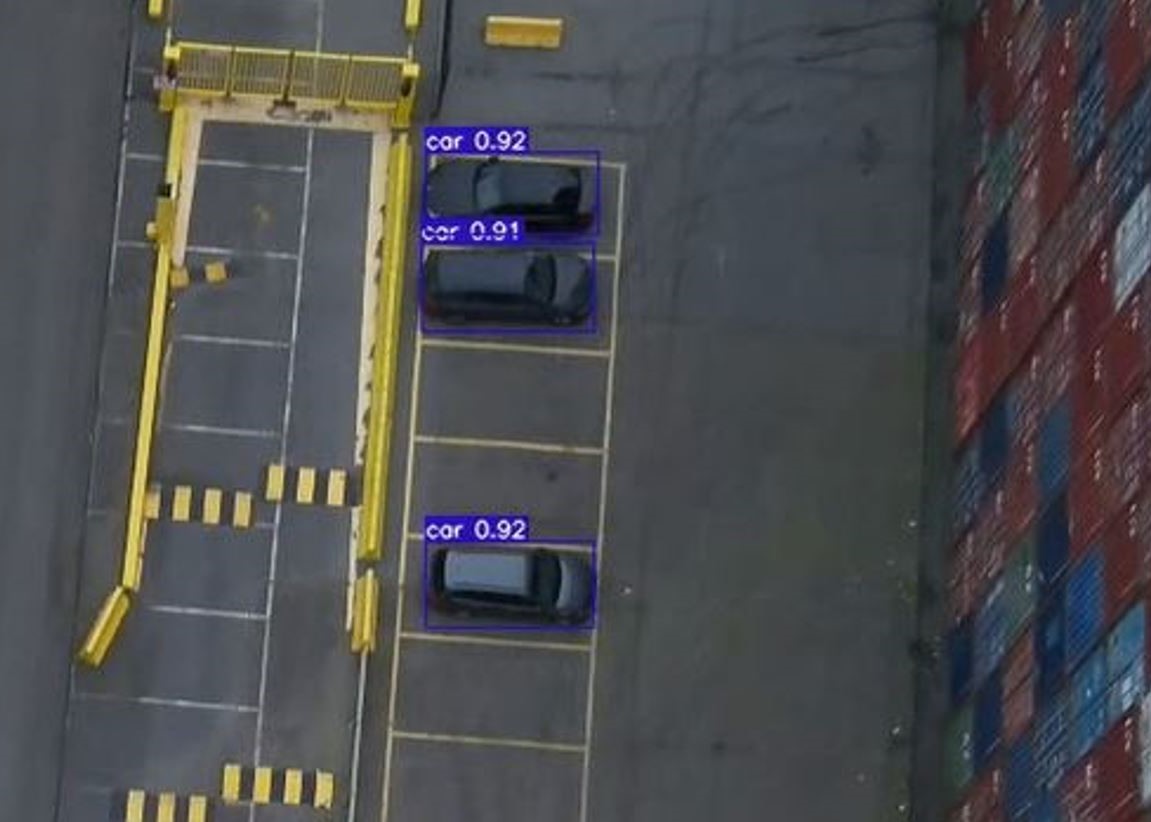
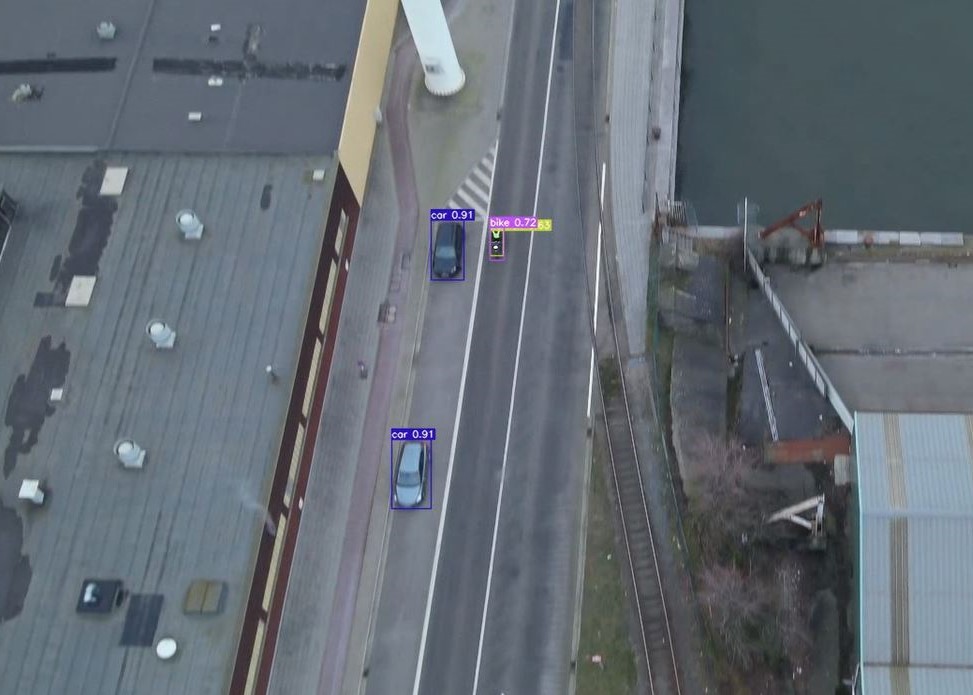
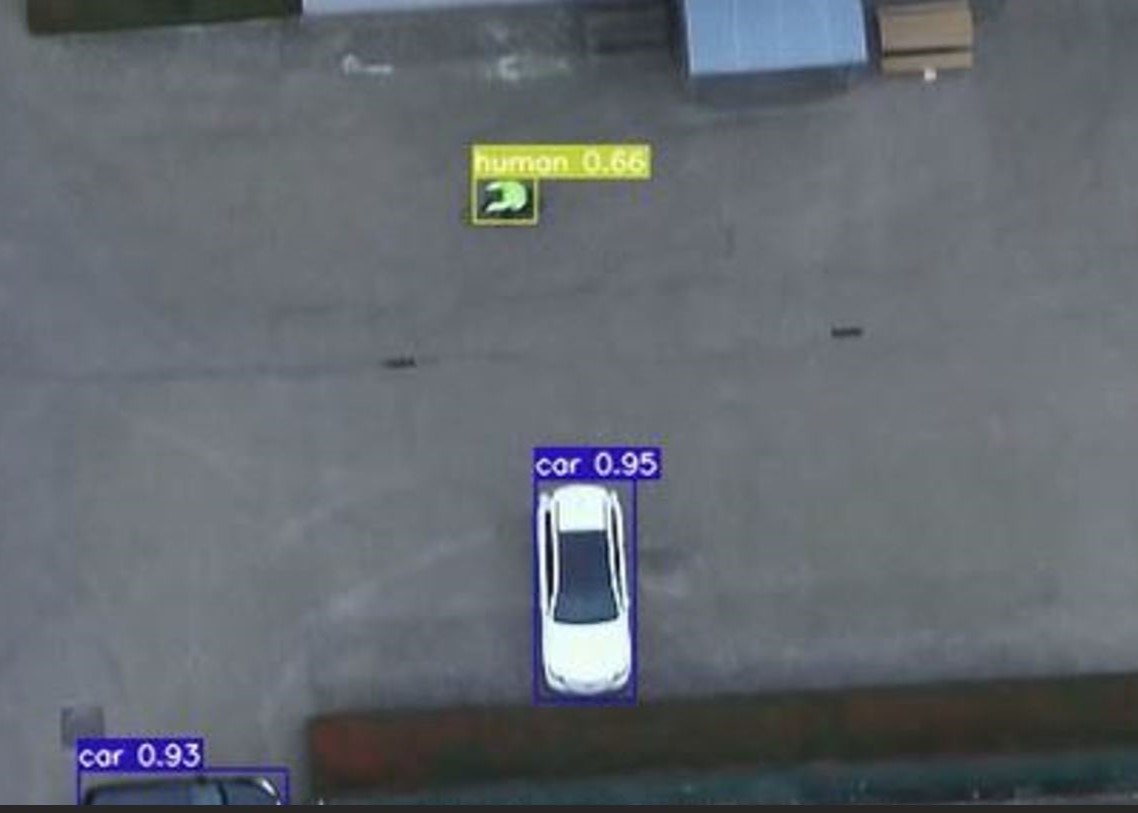
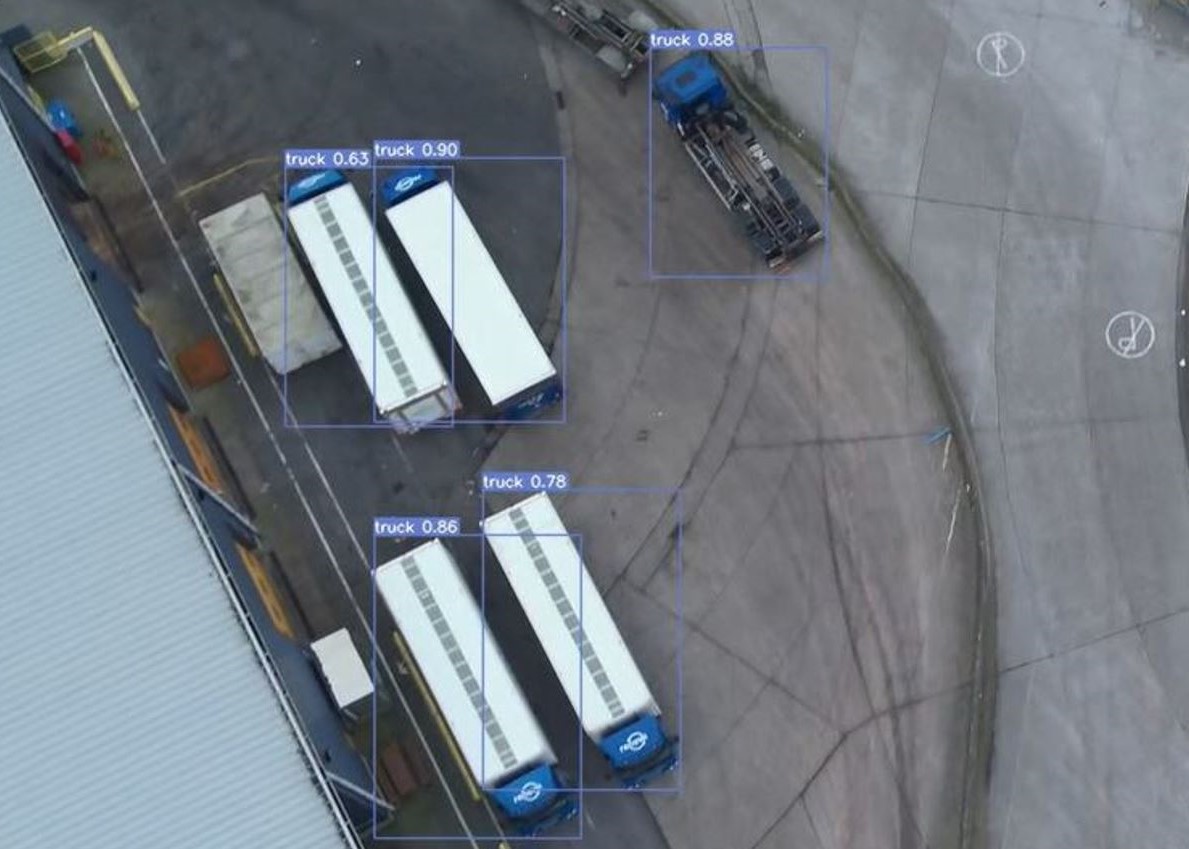
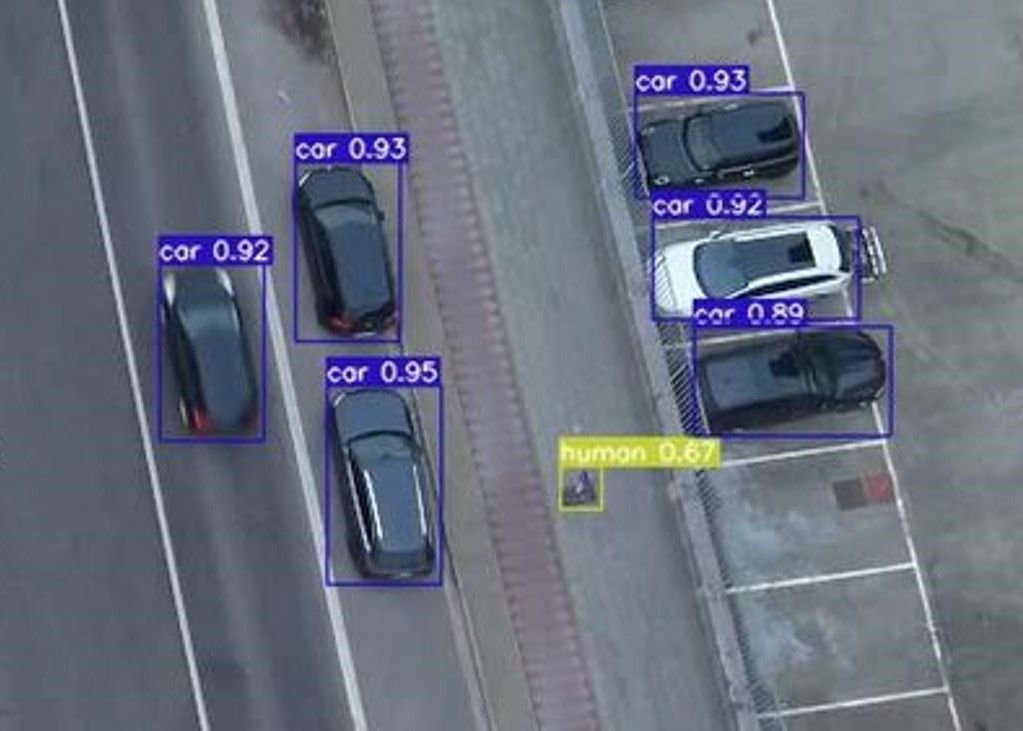
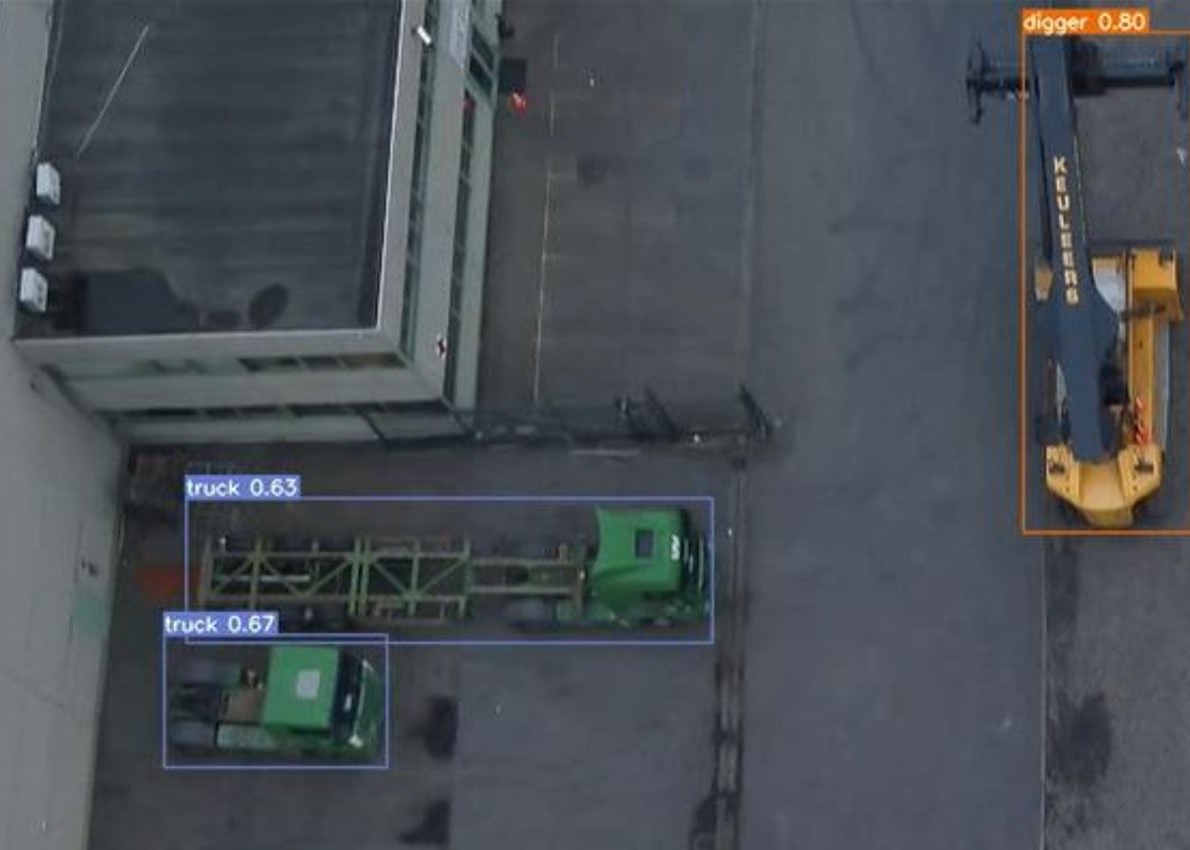
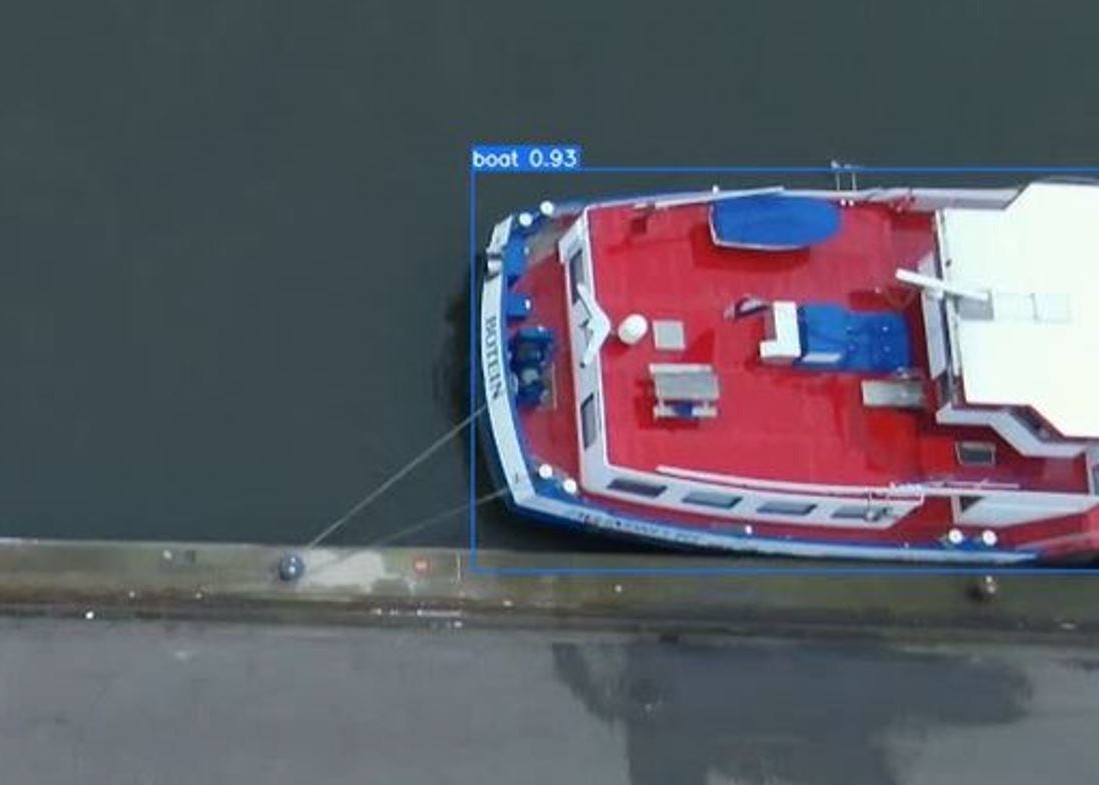
The Revolutionary Fusion of Artificial Intelligence and Drone Technology
In the age of technological advancement, artificial intelligence (AI) and drones play a crucial role. This combination has the potential to transform numerous industries and change the way we interact with the world around us. This article offers an in-depth look at the integration of AI into drones, their applications and the future of this fascinating synergy.
Artificial Intelligence: The Power Behind Advanced Drones
Artificial intelligence refers to the ability of machines to perform tasks that traditionally require human intelligence, such as learning, reasoning and problem solving. In the context of drones, AI enables these flying devices to autonomously navigate, make decisions and perform complex tasks without human intervention. The integration of AI into drones has led to the development of intelligent machines capable of autonomous operations, based on real-time data and machine learning.
The Transformation of Drones by AI
The implementation of AI in drones has led to significant improvements in several aspects:
- Autonomous Navigation: AI-controlled drones can understand and navigate their surroundings with minimal human input. This is made possible by technologies such as computer vision, GPS and sensors that allow the drone to detect and avoid obstacles.
- Data Processing and Analysis: Drones collect huge amounts of data in flight. AI algorithms analyze this data, which is useful for applications such as land surveying, infrastructure inspection and agricultural monitoring.
- Machine Learning: Machine learning allows drones to recognize patterns and improve their performance over time. This is crucial in applications such as weather forecasting, search and rescue operations and environmental monitoring.
Applications of AI-Driven Drones
The fusion of AI and drones has led to promising applications in various sectors:
- Agriculture: Drones are used for farmland mapping, crop monitoring and crop health management. AI helps analyze data to provide insights for precision agriculture.
- Environmental protection: AI drones play a key role in monitoring endangered species, forest management and mapping environmental changes.
- Emergency Response and Rescue Operations: In emergency situations, drones can quickly reach areas inaccessible to humans. AI helps analyze the situation and coordinate rescue operations.
- Security and Surveillance: Drones are increasingly being used for surveillance and security purposes. AI improves their ability to detect unusual activity or behavior.
Challenges and Ethics
Despite its many benefits, integrating AI into drones also brings challenges. Privacy and security issues are paramount, especially when it comes to surveillance and data collection. There are also technical challenges such as battery life, flight time and the reliability of AI systems under different conditions.
The Future of AI and Drones
The future of AI combined with drones looks promising. These technologies are expected to continue to evolve, with improvements in autonomy, efficiency and functionality. The ability to deploy AI-driven drones for more complex and diverse tasks will undoubtedly continue to grow, making them an integral part of our future technological landscape.
Conclusion
The integration of artificial intelligence into drones marks a significant step forward in technological innovation. This combination has the potential to revolutionize several industries and offers new opportunities for research and development. As we embrace the future of these technologies, it is important to keep in mind the ethical and practical challenges they present.
